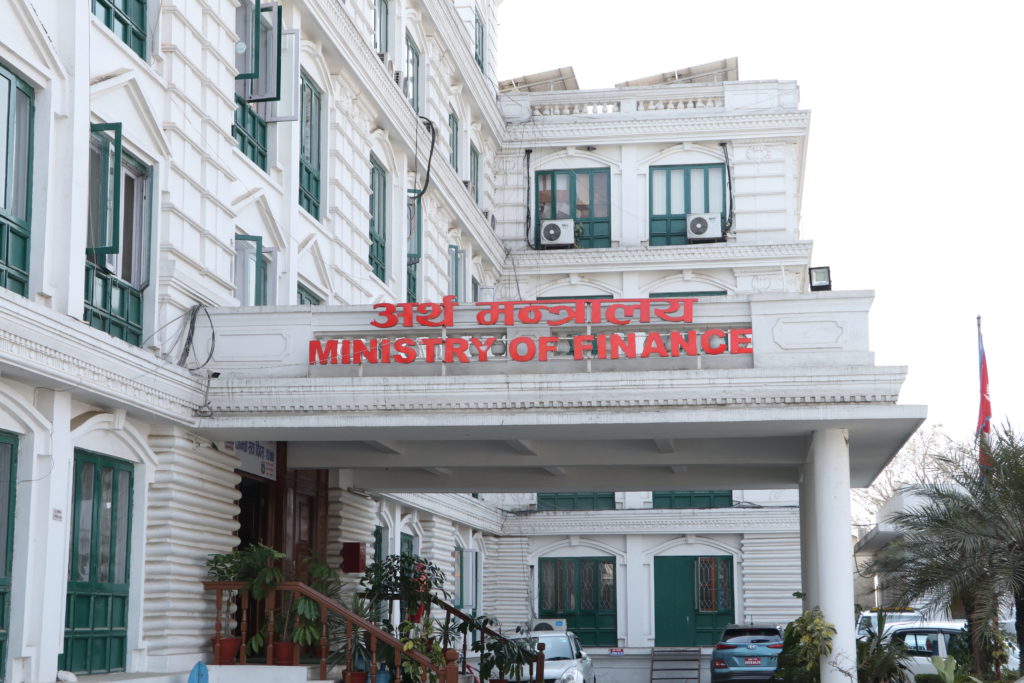KATHMANDU: The government has rolled out the Inland Revenue Mobilization Strategy, 2024, outlining a comprehensive medium-term revenue mobilization plan from Fiscal Year 2024/25 to 2028/29. This initiative, formulated by the Ministry of Finance in coordination with Nepal’s 16th periodic plan, aims to reform the country’s tax system and administration to strike a balance between economic growth and private sector aspirations.
The strategy sets a structural framework for reforming tax policies and administration with a focus on enhancing economic efficiency, equity, and encouraging private sector investment. It also aims to ensure stable tax and non-tax revenue flows, essential for managing the budget deficit and maintaining fiscal stability.
Key Goals and Objectives
Aimed at boosting revenue from internal sources, the strategy highlights the importance of promoting voluntary taxpayer compliance, enhancing risk management capabilities in the tax and customs administration, and automating tax and customs systems. Improving coordination between governmental and organizational bodies for effective tax policy implementation is also a key priority.
The Inland Revenue Mobilization Strategy envisions a progressive tax system covering all income sources while aligning the tax revenue-to-GDP ratio with the targets set by the 16th periodic plan. The government aims to increase the revenue-GDP ratio from 18.9% in FY 2022/23 to 23.5% by FY 2028/29, with the tax revenue-to-GDP ratio expected to rise from 16.2% to 20.9% during the same period.
The reform plan projects a 2% to 4% growth in the tax revenue-GDP ratio through effective action plans and revenue improvement measures. Additionally, tax and customs administration reforms are expected to add another 0.1% to tax revenue, ultimately reducing the budget deficit-to-GDP ratio from 7.2% in FY 2022/23 to 6.5% by FY 2028/29.
Economic Reform Blueprint
This strategy represents a significant effort to restructure and reform the country’s tax policies, administrative systems, and institutional frameworks. It also provides a comprehensive policy implementation mechanism and includes provisions for monitoring and evaluation systems to ensure the achievement of its objectives.
The Inland Revenue Mobilization Strategy is expected to play a crucial role in fostering an improved investment environment, supporting Nepal’s economic development, and bolstering government revenues to meet future demands.

